Here’s an idea. How about a fresh air compound? Great open space. Historic homes, beautiful rolling, open fields, and a canal. Yes, a canal. Let’s throw in an infamous outdoor concert series while we’re at it.
Just off the highway on the border of Sussex and Morris County in New Jersey, in a quiet rural community, lies a quiet little village. Based on how the COVID-19 virus treated the world, there might be rationalization to revive the look and feel of places like Waterloo Village. The Mr. Local History Project took a day trip to visit the historic Waterloo Village in Byram, New Jersey.
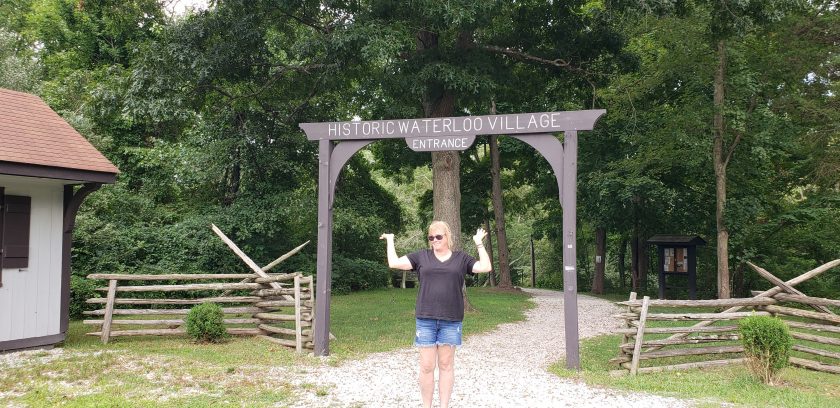
Twenty original buildings dating from 1760 to the 1860s—homes, barns, workshops, a mill, a church, a country store, and an inn—have been preserved. Fourteen of these have been restored, furnished with antiques, and opened to the public. Three more are presently under restoration.
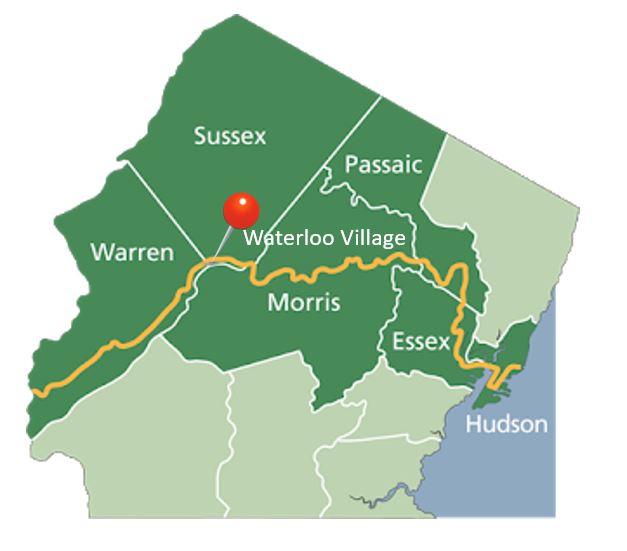
Morris Canal Greenway
History
With the discovery of rich veins of iron nearby back in the early mid-eighteenth century, the Andover Forge was established just 7 miles away; they were making bar iron for shipment to England before the American Revolution. The culture flourished until the first European fur traders arrived in the mid-1600s and the inevitable procession west, spurred by copper mining near the Delaware River and trade along the old mine road from Philadelphia to Kingston, NY.
The high-quality iron ore was forged out of the hills seven miles north. In 1778, the Continental Congress seized the iron works in Andover Forge from its Tory owners to make armaments for Washington’s army.
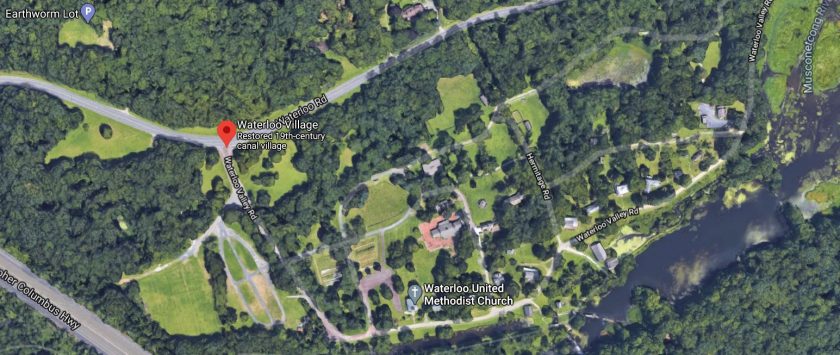
Andover Forge was built in 1761 on the bank of the Musconetcong River, seven miles southwest of the Andover Furnace, where iron was manufactured to support the colonies and England.
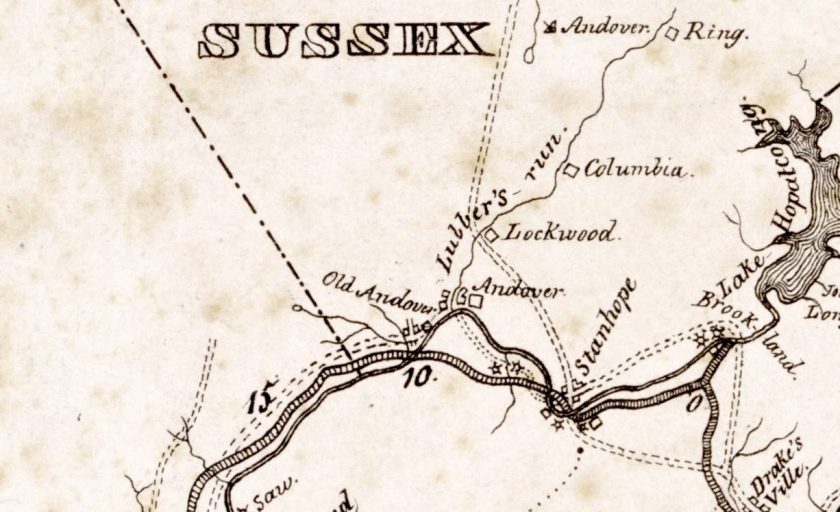
Click the image to enlarge.
If you haven’t read the history before visiting, you might wonder why the place is called Waterloo.
“Why Waterloo. Gee, I remember vaguely about something about a French guy and a battle in Europe a long time ago. Is there any association? “
YES it is true, Andover Forge was renamed after the Belgian battlefield in the village of Waterloo where Napoleon Bonaparte met his defeat. General John Smith and his sons founded the village in 1839 as Waterloo Village. You’ll hear about the Smiths later.
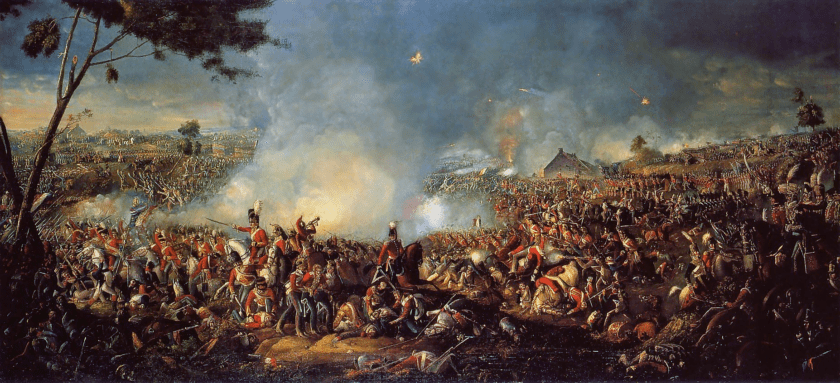
Why A Waterloo Village
When the Morris Canal was finished in 1836, mules towed barges the 102 miles between Jersey City and Phillipsburg on the Delaware River in five days. Waterloo Village was the halfway point of the Morris Canal, which ran from Jersey City to Phillipsburg. It was a popular overnight stop along the route from New York to Pennsylvania. To accommodate the canal workers, a small city was built with an inn, general store, church, blacksmith’s shop, and watermill.
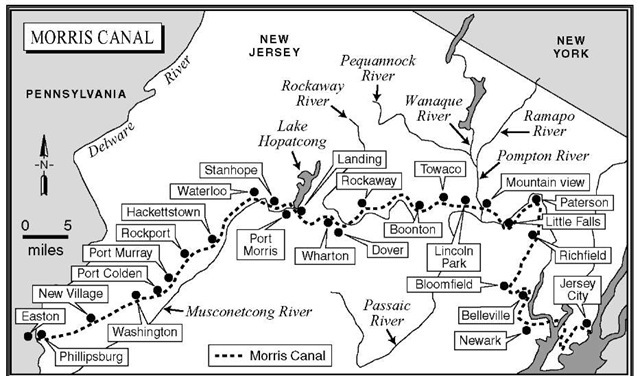
Waterloo Village has the distinction of having within one mile all of the major features of the canal: one of the canal’s 34 locks‚ one of its 23 inclined planes, a unique innovation by which canal boats were raised or lowered on rails (now a National Historic Engineering Site); a level section; a dammed area in the river; and a mule bridge. At a cost of $2,104,413, the 102-mile canal ran from Jersey City to Phillipsburg, had 23 lift locks, and took 5 days to run the entire length with 2 mules.
Waterloo Village is located within the greater Allamuchy Mountain State Park. The park is free and open to walk but the historic village buildings are closed so you can’t go inside. Private events such as wedding are still happening, but music, craft, canal rides, and food truck festivals are on all on hold.
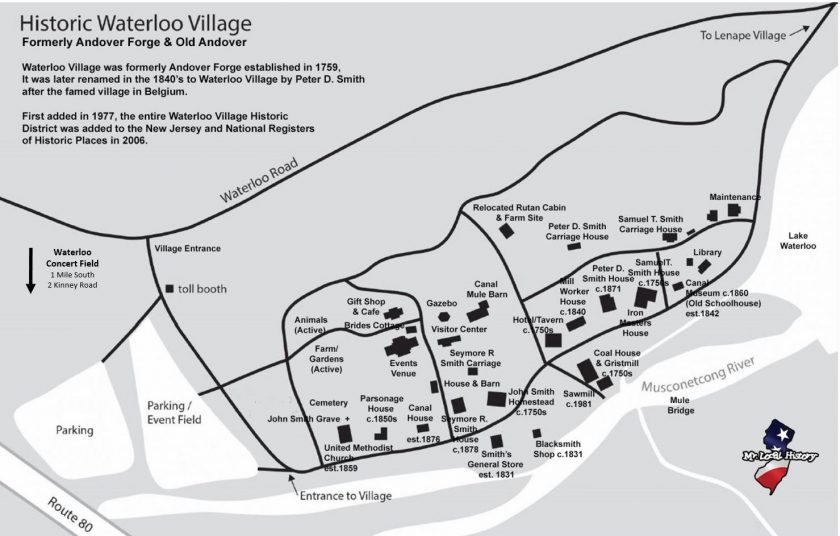
Click the image to enlarge.
General John Smith was the first Smith to own property in the area. Four generations of Smiths were responsible for the development of Waterloo Village, but the hook was the opening of the Morris Canal in 1832. The Seymour R. Smith House (below) was used as a private residence from the year it was erected until after the Second World War.
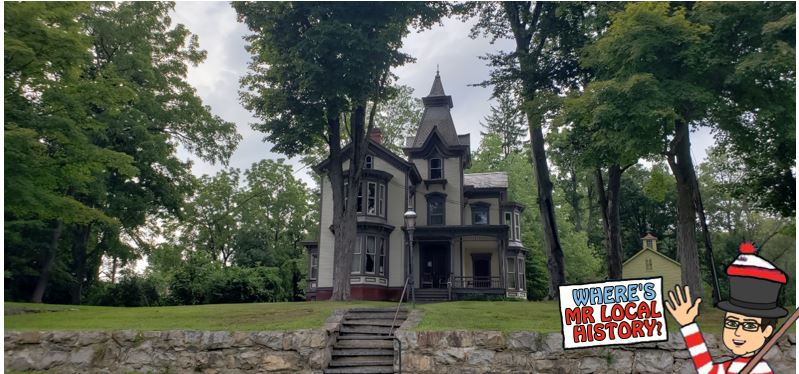
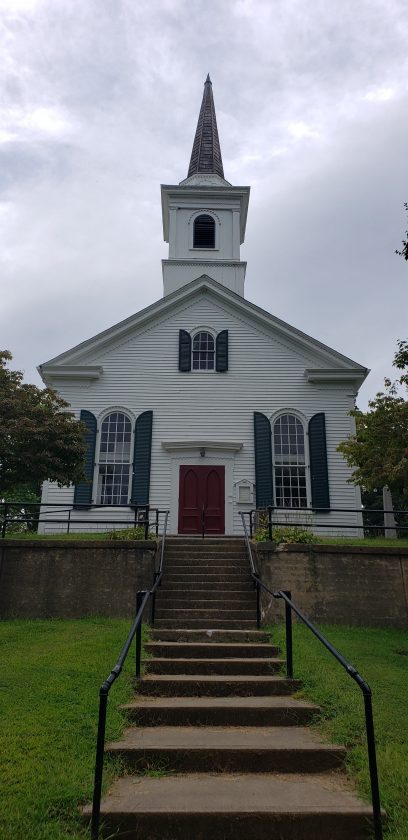
Peter Smith, Grandson to General John Smith, who owned the General Store, donated $500 seed money and land for the United Methodist Church and cemetery in 1855.

Peter Louis Smith, great grandson of General John Smith, briefly followed his father Seymour R. Smith as the Hackettstown National Bank president, until the bank’s failure in February 1933. The Hackettstown Bank initiated foreclosure proceedings against P. Louis Smith in October 1935. Trustees for the reorganized bank sold the former Smith lands, comprising nearly 1,850 acres, to the Lake Waterloo Corporation on May 6, 1945. O.W. Caspersen, chief executive of Beneficial Management Corporation, became the principal owner.
The “Train Hobo Era” at Waterloo Village
The Waterloo train station was built in 1854, after the Sussex Railroad was connected. For almost 100 years, the railroad serviced Waterloo Village.
By the early 1920s, the Morris canal had become obsolete. However, it took until 1924 to adopt a plan to close and dismantle the canal. So the canal closed, the Smiths slowly left, and the town was abandoned. But the railroad kept running through Waterloo until the late 1940s.
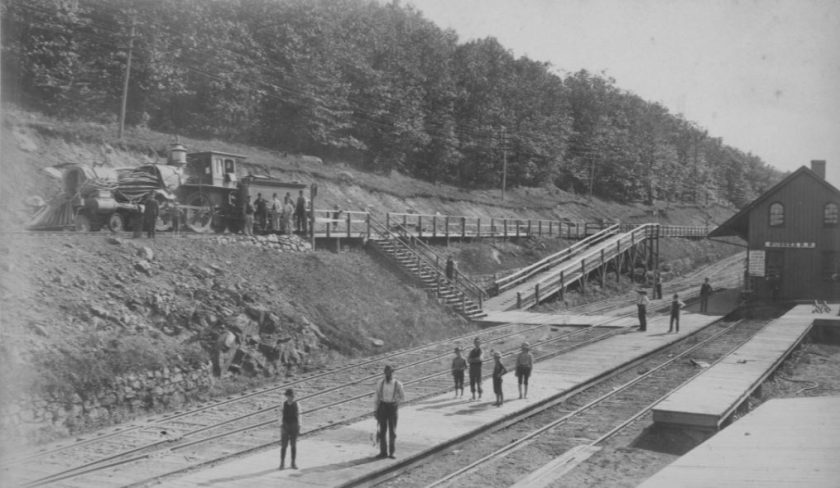
In addition to the town’s economic misfortunes, an elevation challenge opened the door for cross-country traveling hobos. The railroad had to overcome a steep eastbound grade on its way to New York City, slowing freight trains to a crawl as they labored up the hill to Netcong. This was the same issue engineers had to deal with when creating the canal.
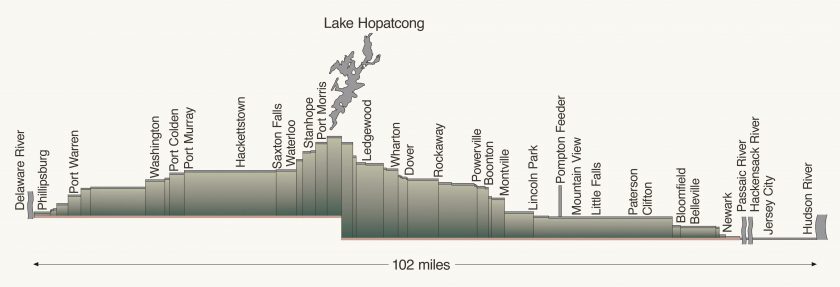
This steep incline made it a perfect opportunity for hitchhikers to jump on and off boxcars, which is why homeless travelers dropped in on the canal-closed Village in the 1930s and 1940s. When the Waterloo train station closed in the 1940s, the hobos stopped coming to the town, and the village was abandoned once again.
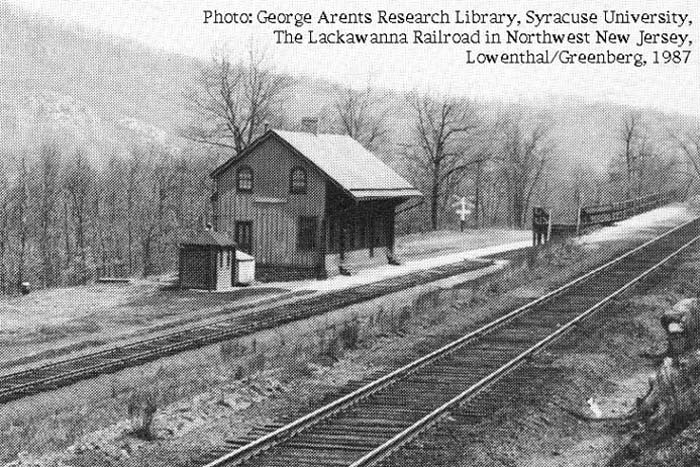
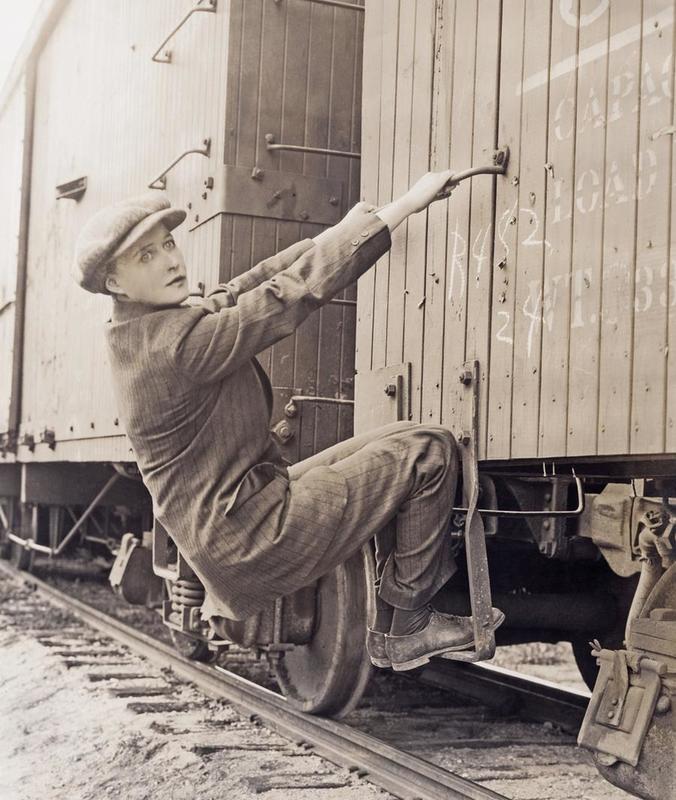
New Jersey’s Own Version of Williamsburg
When the Morris Canal was formerly abandoned in the 1920s and slipped into the “hobo Era”, even the squatters finally stopped coming. You see, in 1946, the train stopped running through Waterloo, so all passengers stopped coming.
In the early 1930s, the Smith family tried to develop the village as Lake Waterloo Estates, but the plan failed because of the Great Depression. They planned to create three different subdivisions and a grand country club. It didn’t work. Waterloo Village slipped into obscurity for almost twenty years until a man named Percival Leach showed up on the scene with an idea.
In 1967, after three decades of decay taking its toll on Waterloo, Percival ‘Percy’ Leach who was born in Boonton, NJ founded the Waterloo Foundation for the Arts,, a not-for-profit, to finance the restoration of the village. In the early 1970s, Percival Leach and his business partner Louis Gualandi acquired the village. Their vision continued as they began restoring and operating the village for history lovers and later supported a new music series just outside the historic village to raise needed restoration funds.
Leach and Gualandi turned Waterloo Village into a living history tourist attraction. Working blacksmiths, potters, candle dippers, and weavers demonstrated crafts from the colonial eras. It was New Jersey’s version of historic Williamsburg!
For years, the foundation raised over $1 million a year through donations, concert admission fees, and sales of handcrafted products. All was going well for almost a decade, and then Gualandi passed away in 1988, and Leach had become wrapped up in a handful of controversial projects that shed a negative light on the Waterloo Foundation For The Arts. The most known of the projects was the land swap, which allowed BASF to build its corporate headquarters on the former land of the Allamuchy State Park. The foundation went bankrupt. These controversial issues resulted in the removal of Leach from the board. Finally, the State Department of Environmental Protection, Division of Parks acquired the buildings and land of the entire village.
Percival Leach – the Savior of a crumbling village ramshackle collection of pre-Revolutionary and mid-19th-century buildings along an old industrial canal in northern New Jersey into Waterloo Village, a version of Colonial Williamsburg.
New York Times obituary
Meanwhile, the State continued to purchase additional surrounding property until 2001, when it purchased the last piece of property from the Schumanns, the last private property owners.
“He was the Walt Disney of the New Jersey cultural scene.”
Greg Gaertner, former executive director of the Waterloo Foundation for the Arts, which oversaw the village at Percy’s Funeral
It was sadly symbolic that on February 27, 2007, the day Leach died, the Waterloo gates were padlocked. It took a last-minute arrangement with the state to remove the lock in time for the funeral.
Then, financial disaster struck again. In 2007, Waterloo Village was not included in the New Jersey state budget, and it was forced to shut down. It seems some government officials weren’t happy with what was going on in Waterloo.
Between 2007 and 2008, the Village was opened intermittently for events. The United Methodist Church continued to operate as it has done since 1859. When Percy Leach died in 2007, he was remembered as the savior of Waterloo Village;
Waterloo Village Today
Today, Waterloo Village has both a tired look and a bright future. Many of the 26 village structures have lacked preventative maintenance over the past twenty years. It just looks tired.
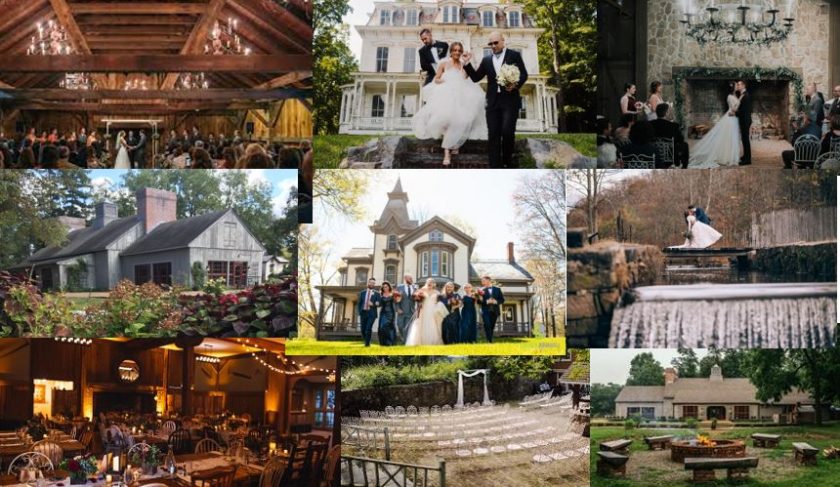
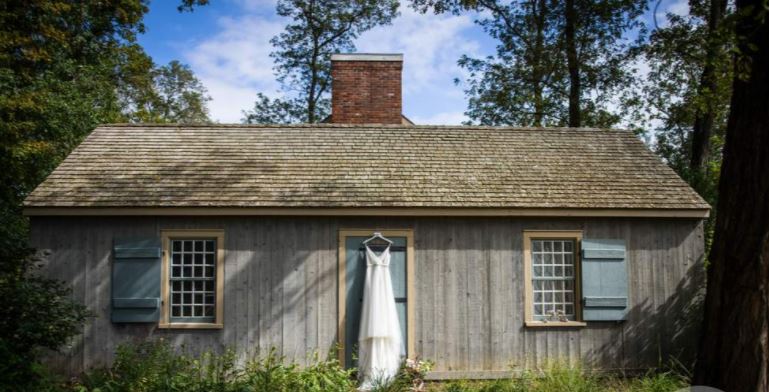
2019 the Historic Waterloo Village received a $3 million state grant for structural renovations. The $3 million state grant is set to ensure the preservation of three historic buildings at Waterloo Village. A tenement house for workers, a home for the once-bustling village’s foreman and a booze-proffering boarding house at the state park in the southern tip of Sussex County will benefit from the money out of the Regional Transportation Alternatives Program. “It’s a godsend,” said a park employee and the Sussex County historian, Wayne McCabe. “It’s the beginning of the restoration of the entire village.”
Here are some of our Day Trip images from Waterloo Village, which we took on August 28, 2020. The buildings are closed, but the village is open. We even ran into a wedding!
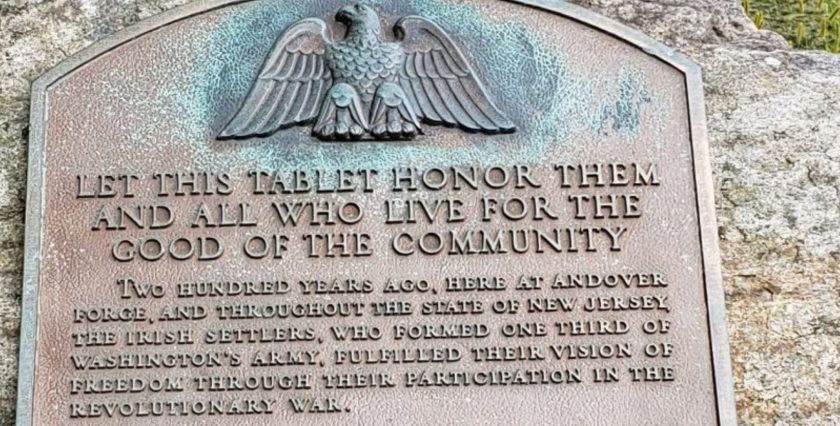
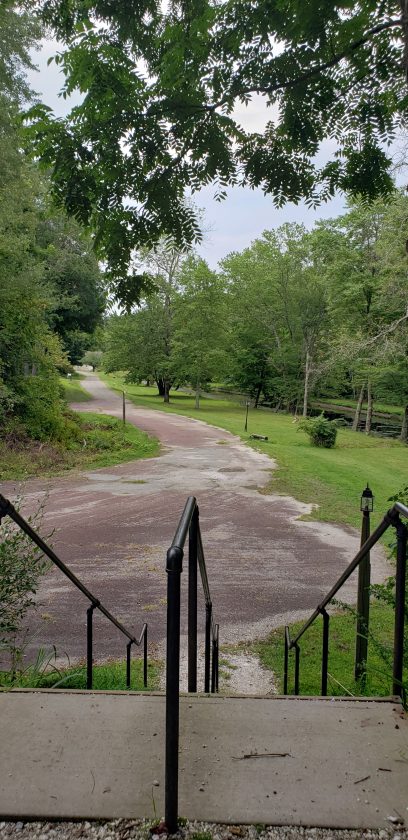
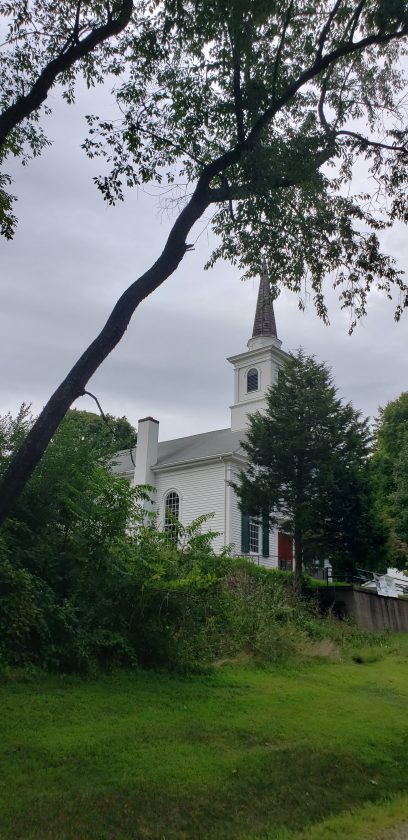

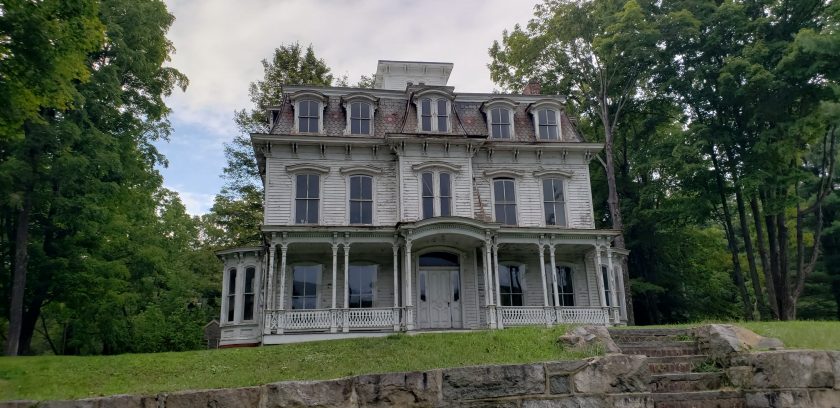
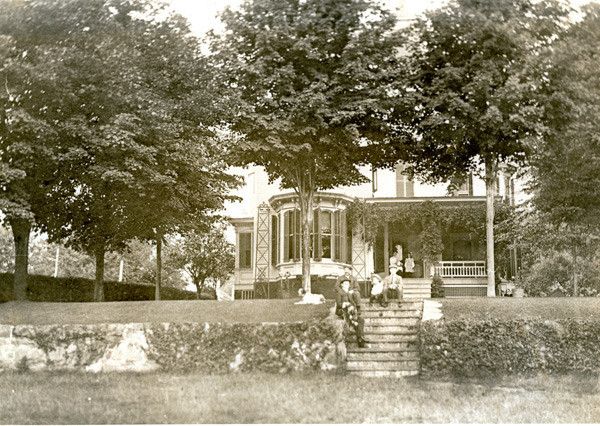
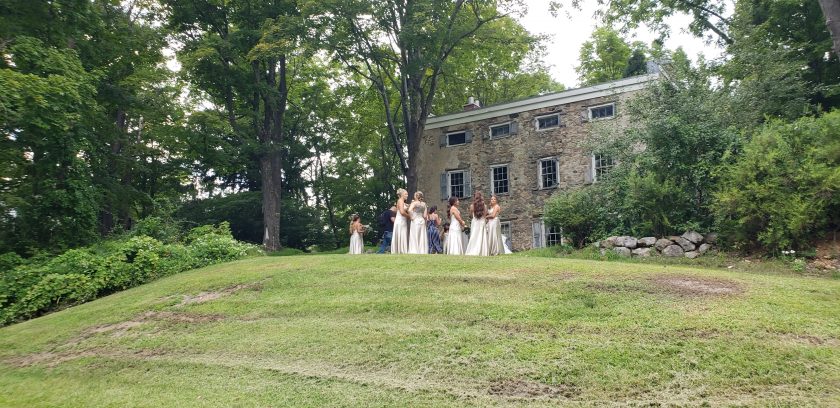
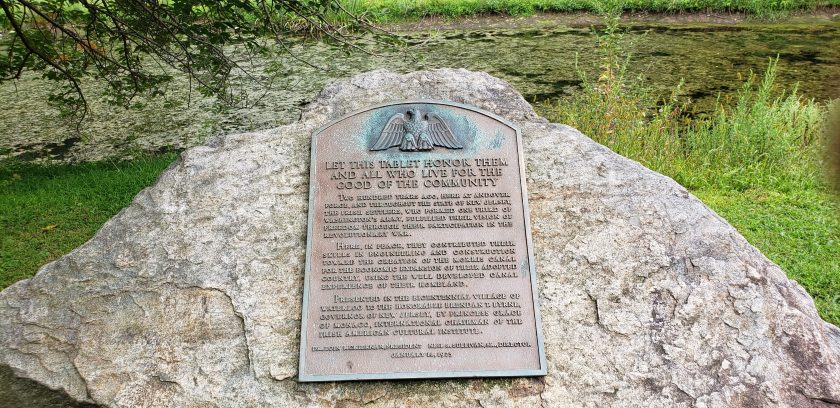
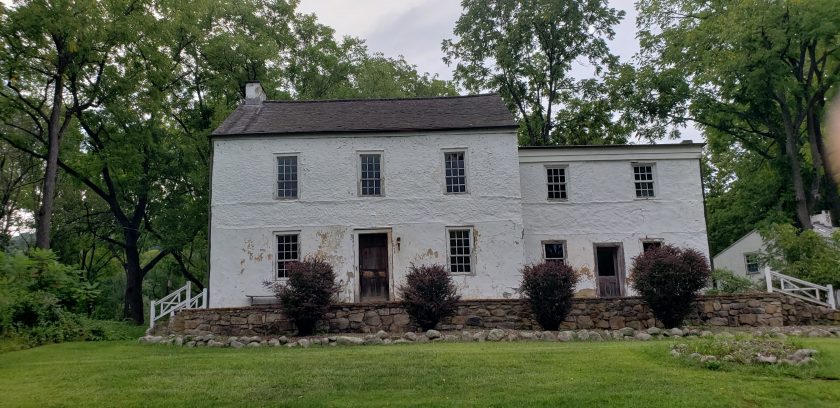
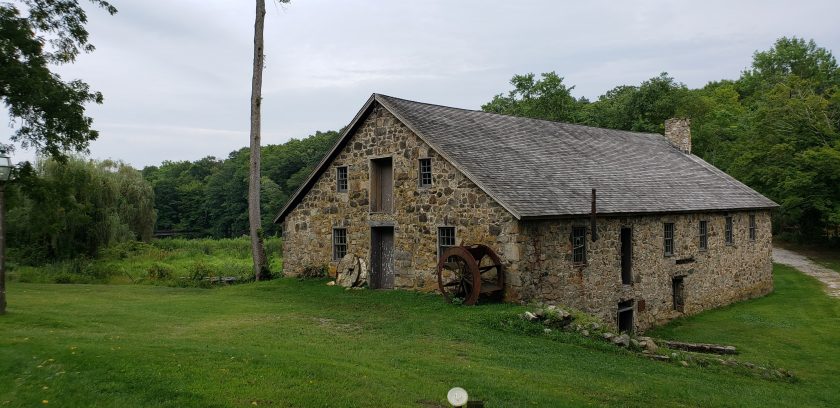
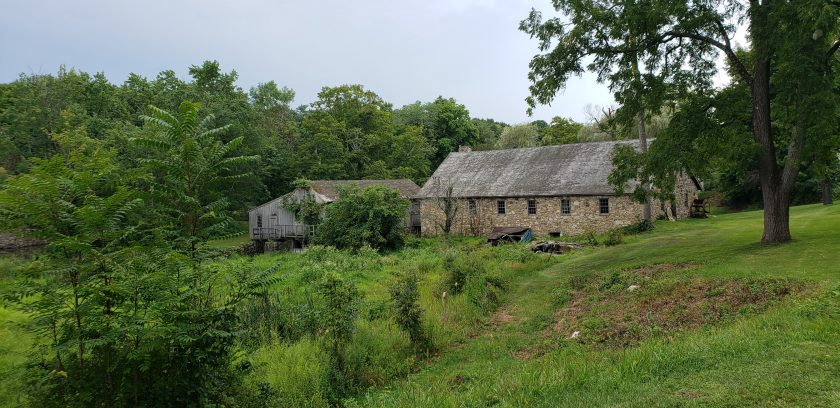
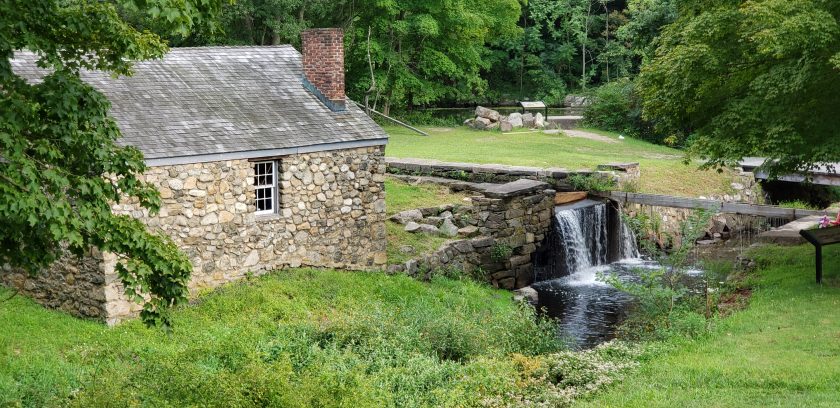
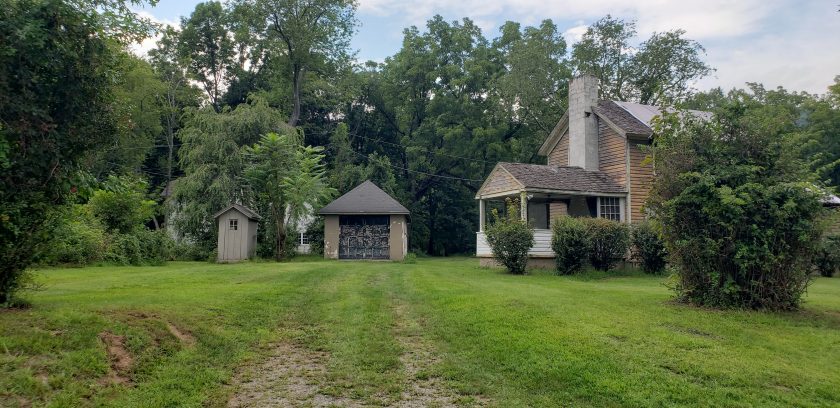
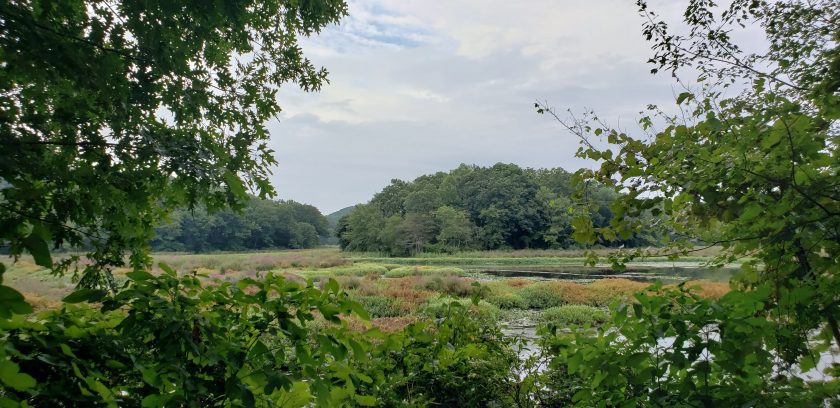
Friends of Waterloo Village, the Canal Society of New Jersey, the Morris Canal Greenway, and the NJ Division of Parks and Forestry care for the village. Weddings continue, the caterer operates, and schoolchildren come. Parking is still $5, which goes directly to the park. And they have a $3 million restoration grant in the bank!
Have something to share?
Post a comment in the section below.
More Waterloo Village History
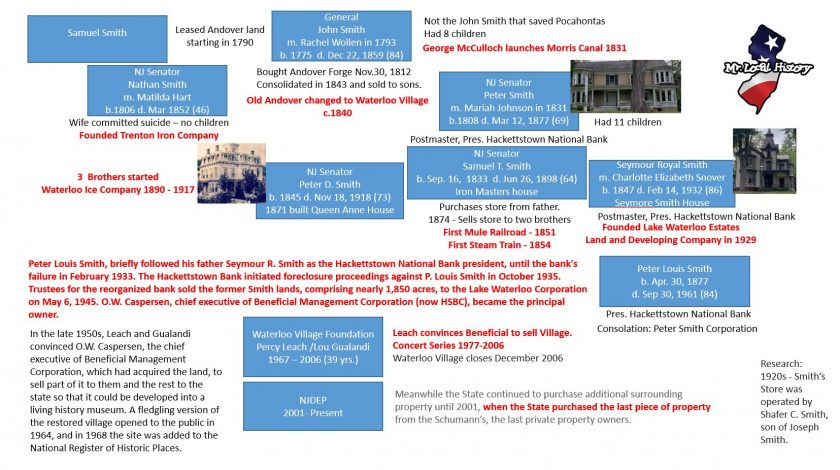
Click the image to enlarge.
More Waterloo Village History
- NY Times Visits Waterloo Village in 1981
- Waterloo Village Concert Set Lists (Setlist.fm)
- Byram Township Historical Society
- The 2015 Movie Silent was filmed in Waterloo Village
- Wild West City (Nearby and you should go)
My wife and I went to the Blues Picnic on July 4, 1977. We sat in the tent where Muddy Waters played just a few feet from him. All the other blues artists were great as well. If that were not enough, we drove directly from the picnic to Madison Square Garden in the city for that evening’s Pink Floyd ‘Animals’ concert. We won the Floyd tickets on a WNEW-FM ticket giveaway call in. I wish I still had the stamina to do that and the luck to keep winning tickets. But I still have my wife so all still remains quite well indeed!👍
Great Artiicle on Waterloo! I remember going there in the past and happy to see all of the great changes that have been made. I will return!!
I attended 2 concerts at Waterloo in the 1960’s. I remember the one where i saw Bill Clifton. This was a special treat to me. Dan Crary was there too. I don’t remember who else, neither do i remember the musicians from an earlier show.
Bill Clifton had Don Stover and Red Rector with him. They were so great. Over 50 years ago.
Waterloo Village was originally set on the road to recovery by Louis Gualandi and Percival Leach, called “Brother” in the family, two successful decorators. They did a fabulous job of saving what houses they could and resurrecting as much as possible.
Near to the then-entrance to Waterloo there was a stone bank house. I recall one cold Winter visit in 1962 or 63 with a decorator friend, when there was a warming fire burning in the fireplace of the ground floor level of that house where Brother and Louis began their work, when no other houses were open to viewing.
Eventually the State took it over. Brother descended from Whig judges on Jamaica since the 1700’s and was, in effect, British. His cousin, Elsa Cezar, was my friend and also her artist daughter who was a classmate at Morristown High School of my current husband and whose first (and likely only) husband was my late husband’s cousin from the Chambers and Woodhull families of Mendham where a newer but current friend from my garden club owns what was the Woodhull family farm. You can’t make this up. Bill Chambers was the Town Clerk of the Town of Morristown, only the 6th since incorporation as he was fond of saying and his uncle Vic Woodhull was the last Republican Mayor of Morristown.
Another cousin, Barbara King Woodhull (widow of Vic) died last Summer in her ’90’s, and her Dutch colonial gambrelled once home in Morristown still exists, showing clearly that it had been raised to give another story to that large house.